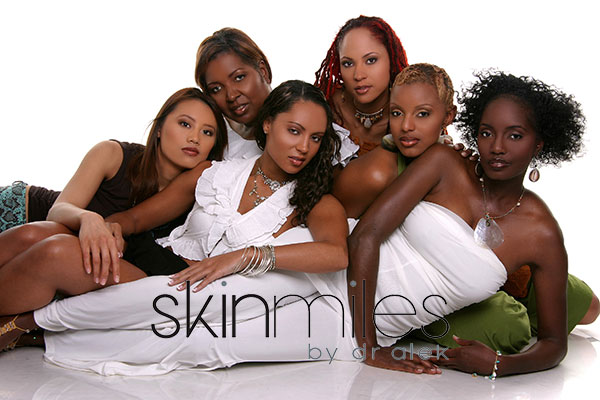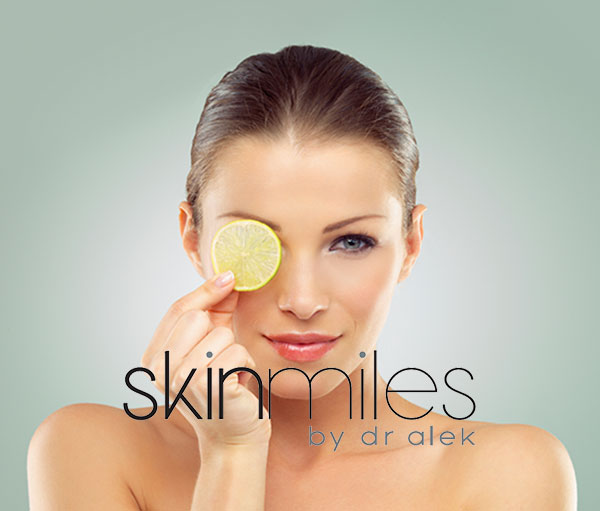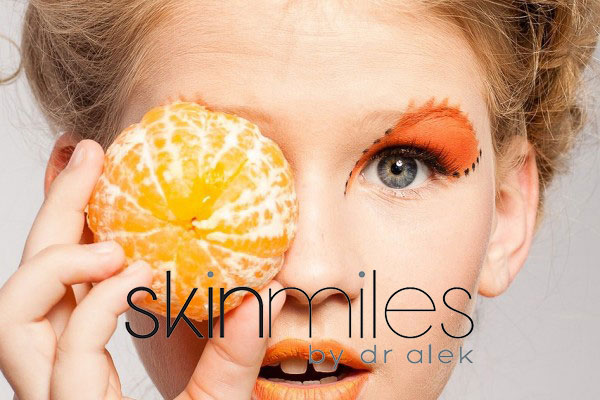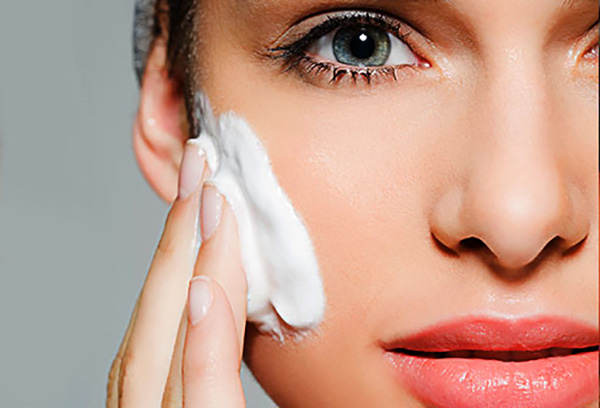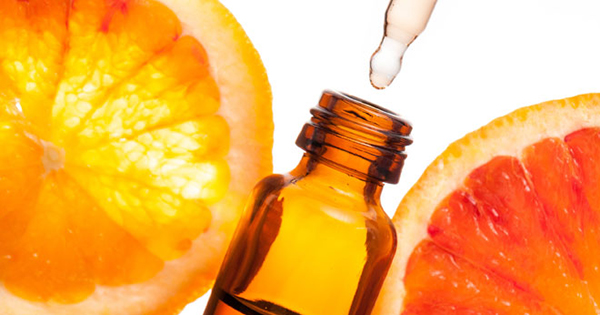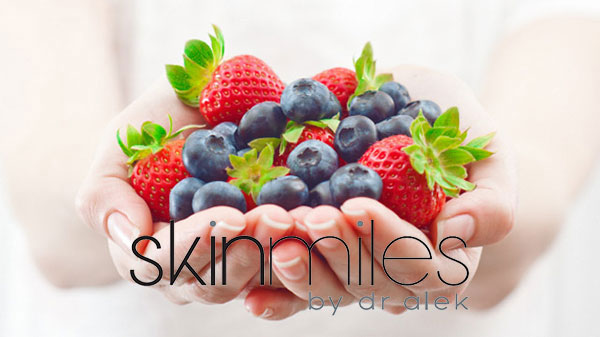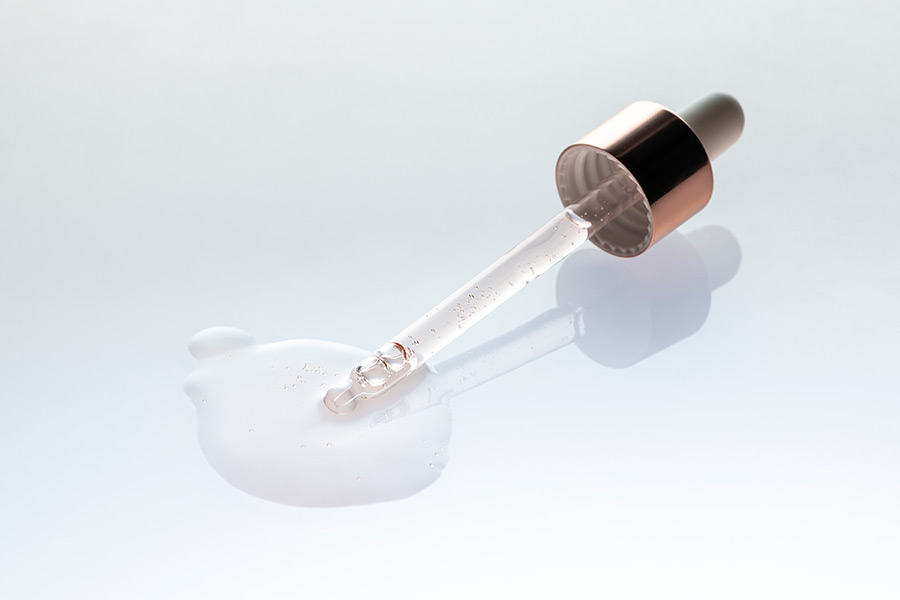The Fantastic Four!
Our Quick Ingredient Guideline: Skin Ingredient Confusion? Too Many To Choose From? Do They Really Work?
Check our skin care ingredient guideline before choosing your skin care product to get the most from your skin care regime. Dr Alek Nikolic discusses which ingredients are vital for skin health and which ingredients give true anti-ageing effects.
There is a huge array of ingredients used in skin care products today and as such and it can get confusing what to look out for and which ingredients we should add and which ones we can ignore. To make it as simple as possible I have divided them into specific skin benefits or uses so please meet The Fantastic Four:

FOR ALL SKIN TYPES
-
Antioxidants
-
Skin-Identical Ingredients
-
Cell-Communicating Ingredients
-
Sunscreen
So in a nutshell irrespective what the label says: moisturiser, anti-ageing, anti-wrinkle, etc. at the end of the day we need 4 main ingredient classes in our skin care regime to get the best results. Let’s have a closer look at each, what they do, how they do it, and why we need to add them to our skin care.
In terms of your diet and health, it’s what’s on the inside that counts—and the same is 100% true when it comes to caring for your skin! But what you choose to put on top of your skin also can make a difference in terms of how your skin will appear to “age.”
Skin Benefits:
- Reduce free radical damage caused by environmental factors such as pollution, smoking, UV exposure, etc.
- Prevents inflammation caused by environmental stress factors
- Boost the effectiveness of sunscreens
- Stimulates collagen and elastin production
- Helps skin to heal and produce healthy collagen
Anti-Oxidants That Work:
- Vitamins A, C, and E
- Superoxide dismutase
- Beta carotene
- Glutathione
- Selenium
- Green tea
- Soy extract
- Grape extract
- Pomegranate extract
Extra Recommended Reading:
Vitamin C In Skin Care Products
Adding Anti-Oxidants To Your Skin Care Regime
Finding The Truth Behind Retinol
-
Skin-Identical Ingredients
Why We Need Them:
- Helps the skin to remain smooth, retain water and protect from environmental factors
- They help to fight infection
- Repairs skin outer and inner barrier structures
In a nutshell they keep our skins and skin cells ‘young’.
What to Look Out For:
- Hyaluronic acid
- Fatty acids & Cholesterol
- Glycosaminoglycans
- Collagen & Elastin
- Lecithin
- Glycerin
- Polysaccharides
- Sodium PCA
- Proteins & Amino Acids
How They Help Our Older Skin Cells:
- Provides the skin with ingredients to repair its outer barrier
- Helps the skin to hold onto moisture
- They make the skin look smooth
- Helps the skin to function normally and fight environmental stresses
- Improves the skin’s texture
- Can eliminate dry skin
Extra Recommended Reading:
Ceramides & Their Importance in Skin Health
Hyaluronic Acid: Why You Should Add It To Your Skin Care Regime
SkinCeuticals Triple Lipid Restore
-
Cell-Communicating Ingredients
As we age our skin cells become less active and coupled with UV damage and hormone changes in our body’s cells tend to regenerate slower and under a microscope look slightly irregular and even defective. Cell communicating ingredients basically force these older cells to behave like young and new cells literally regenerating them for visible benefits on our skins.
What to Look Out For:
- Retinol (Vitamin A)
- Niacinamide (Vitamin B3)
- Synthetic peptides
- Lecithin
- Adenosine triphosphate
How They Help Our Older Skin Cells:
- Reduce cell damage improving the skin’s supportive elements and reducing the appearance of wrinkles
- They force our skin cells to behave more like a normal healthy intact skin cell
Extra Recommended Reading:
Which Strength of Retinol Do I Need?
I am a firm believer in using zinc oxide and/or titanium dioxide as your main ingredients for sun protection. The sun is our biggest contributor to skin ageing, skin cell damage, and mutation of cells. It is also the biggest contributor to skin cancer. Staying out of the sun and using sunscreen daily is vital not only from an ageing perspective but more importantly helping us prevent cancerous skin lesions. Look for a SPF 30 or higher and remember to apply several times daily (especially through summer) and remember to apply even on overcast or cloudy days as UVA rays are still active and can cause damage to the skin.
What to Look Out For:
- Zinc oxide
- Titanium dioxide
- Avobenzone
How Sunscreens Help Our Skin Cells:
By reflecting both UVA and UVB rays skin damage is prevented specifically:
- Pigmentation
- Wrinkles
- Inflammatory responses
I hope the above article has made it easier in understanding which ingredients are necessary for your skin care regime.
Please feel free to send any questions you have on yur skin concerns or skin care regimes.
Kind regards
Dr Alek Nikolic




